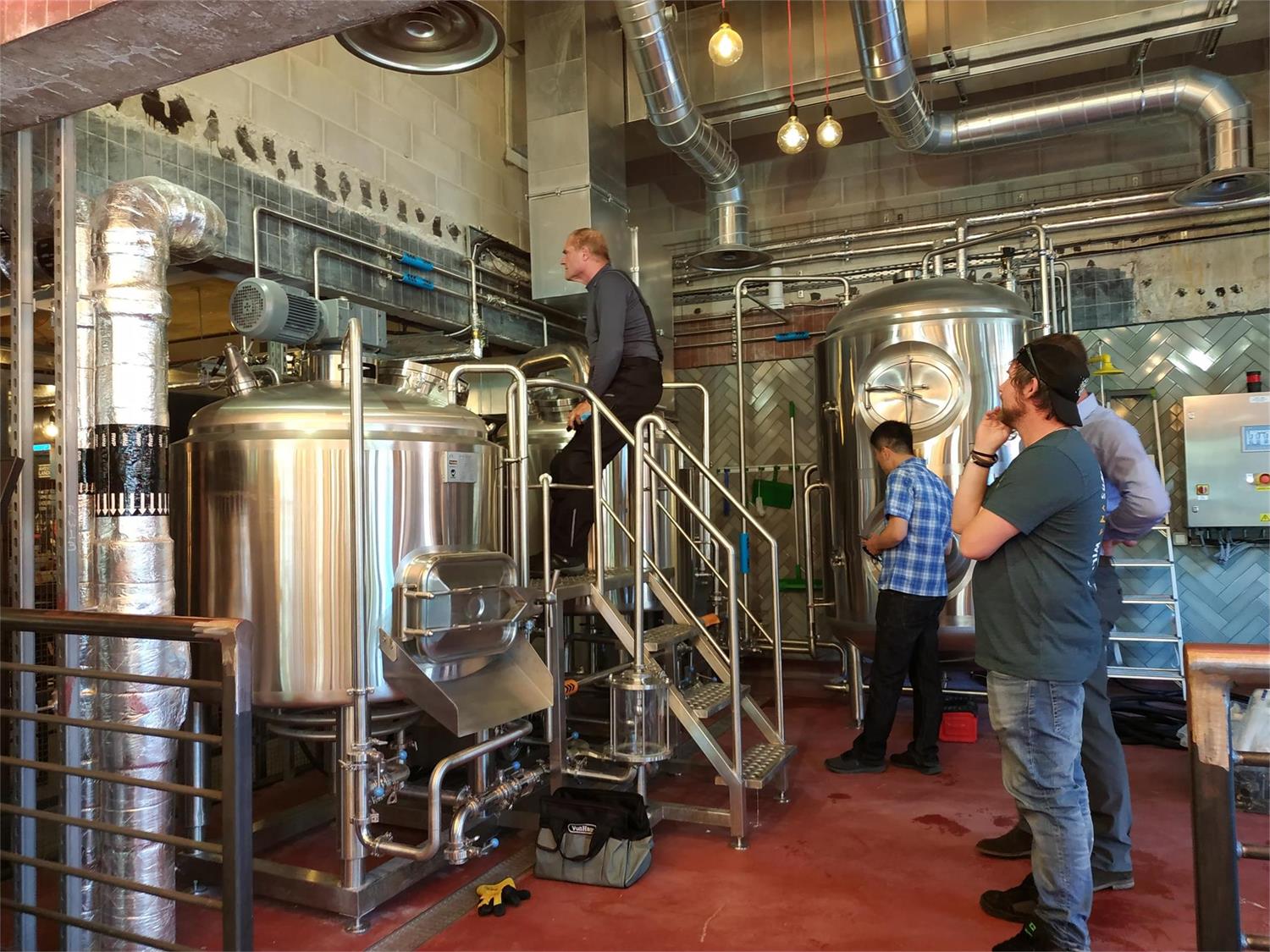Comprehensive Analysis of Fermentation Tanks
Overview
Fermenter tanks are the unsung heroes of the fermentation process, used across industries such as brewing, pharmaceuticals, and food production. Designed to provide a controlled environment for microbial growth or chemical reactions, these tanks ensure the highest efficiency and quality in production. Whether you’re crafting a small batch of craft beer or producing large-scale pharmaceuticals, choosing the right fermenter tank is crucial.
In this guide, we’ll delve into everything you need to know about fermenter tanks, including their purpose, types, classifications, application areas, and tips for maintenance. By the end, you’ll have all the information to make an informed decision and optimize your fermentation process.
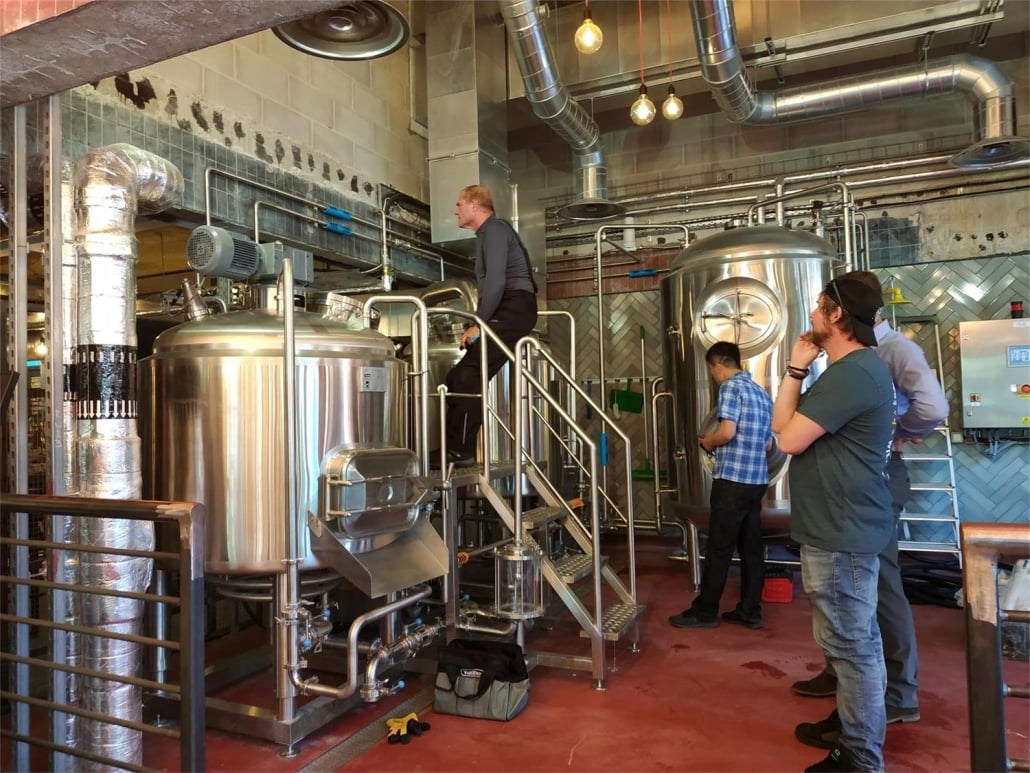
What Is the Purpose of a Fermenter Tank?
At its core, a fermenter tank is designed to create an optimal environment for fermentation. Fermentation is a biochemical process where microorganisms like yeast, bacteria, or fungi convert organic compounds—typically sugars—into other products like alcohol, acids, or gases. Think of it as a carefully orchestrated dance of biology and chemistry within a contained space.
Fermenter tanks provide controlled conditions, such as:
- Temperature regulation: Essential for maintaining microbial activity.
- Sterility: Prevents contamination that could ruin an entire batch.
- Aeration or anaerobic conditions: Ensures proper oxygen levels based on fermentation type.
- Agitation: Promotes even mixing and exposure of microorganisms to substrates.
Without fermenter tanks, achieving consistency and scalability in fermentation would be nearly impossible.
Why Are Fermenter Tanks Important?
Imagine baking bread without an oven. Sure, you could try some alternatives, but you’d struggle to get that perfect rise or texture. Fermenter tanks work similarly in industrial processes—they ensure precision and repeatability. Here’s why they’re indispensable:
- Quality Control: They provide consistent parameters, leading to reliable product outcomes.
- Efficiency: Fermentation is sped up and optimized for large-scale production.
- Hygiene: Modern fermenters are designed to minimize contamination risks.
- Cost-Effectiveness: Proper tanks reduce waste and energy usage.
- Versatility: They’re used in various industries, from brewing beer to creating biofuels.
Classification of Fermenter Tanks by Material
The material of a fermenter tank greatly influences its durability, cost, and suitability for different applications. Let’s break it down:
1. Stainless Steel Fermenter Tanks
Stainless steel is the gold standard for fermenter tanks due to its:
- Durability: Resistant to corrosion and wear.
- Hygiene: Easy to clean and sterilize.
- Aesthetic Appeal: Sleek and professional appearance.
- Versatility: Suitable for both acidic and basic substrates.
2. Glass Fermenter Tanks
Glass fermenters are commonly used in laboratories or small-scale setups because:
- Transparency: Allows visual monitoring of the fermentation process.
- Inert Properties: Non-reactive to most chemicals.
- Limitations: Fragile and unsuitable for large-scale applications.
3. Plastic Fermenter Tanks
Plastic fermenters are lightweight and affordable. However:
- Drawbacks: Less durable and prone to scratches, which can harbor bacteria.
- Best For: Hobbyists or small-scale operations.
4. Other Materials
- Ceramic: Rare but offers unique insulation properties.
- Composite: Combines multiple materials for specialized uses, such as high-pressure fermentations.
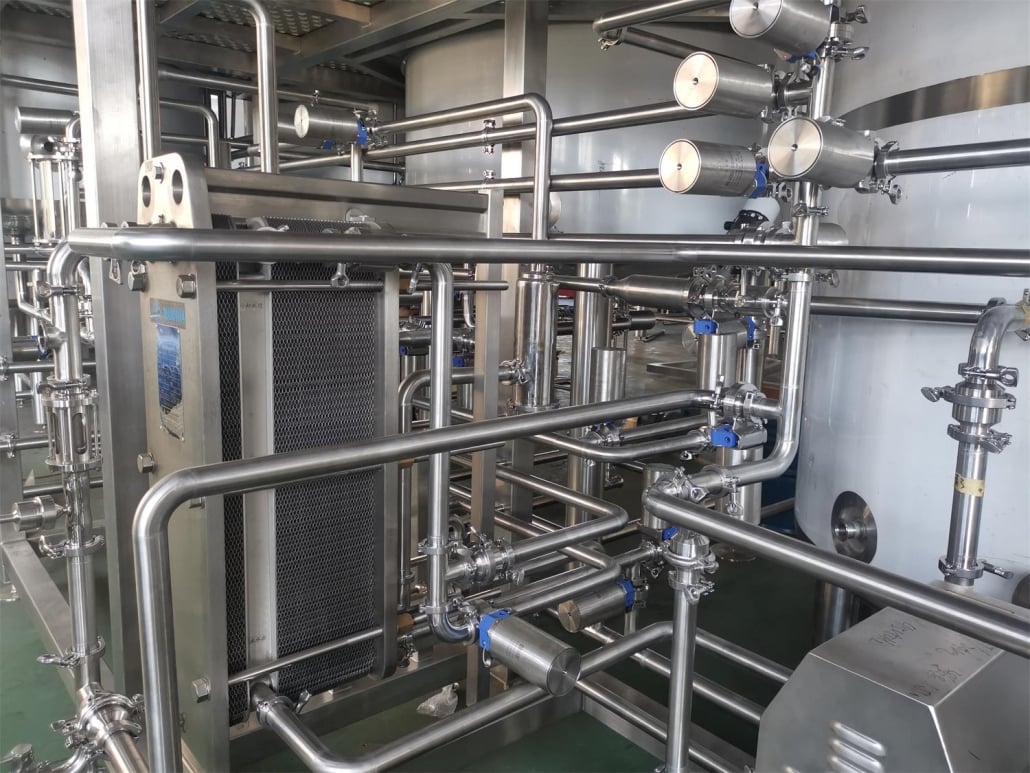
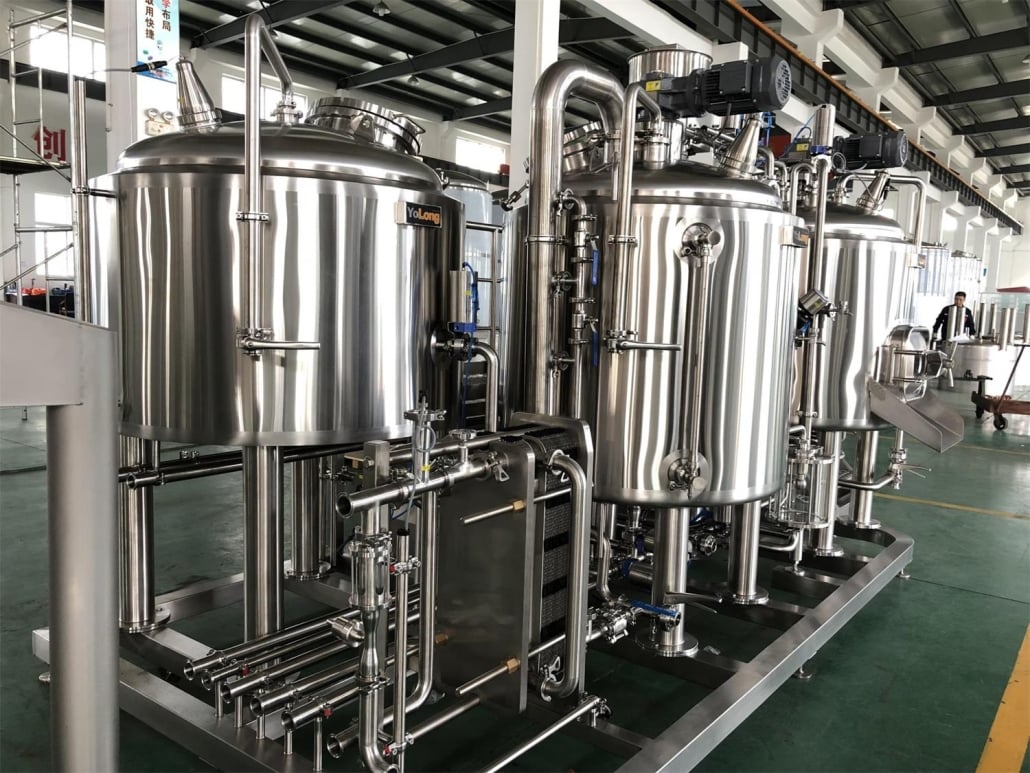
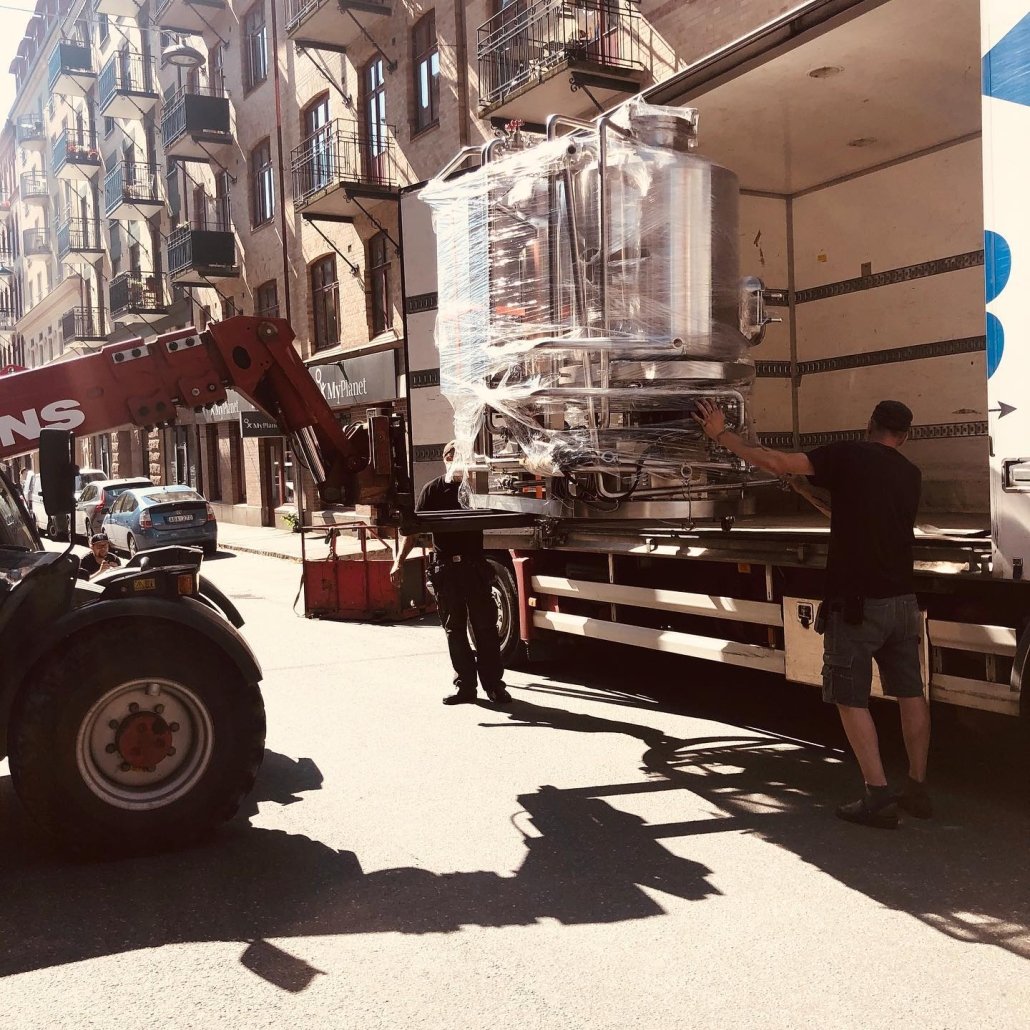

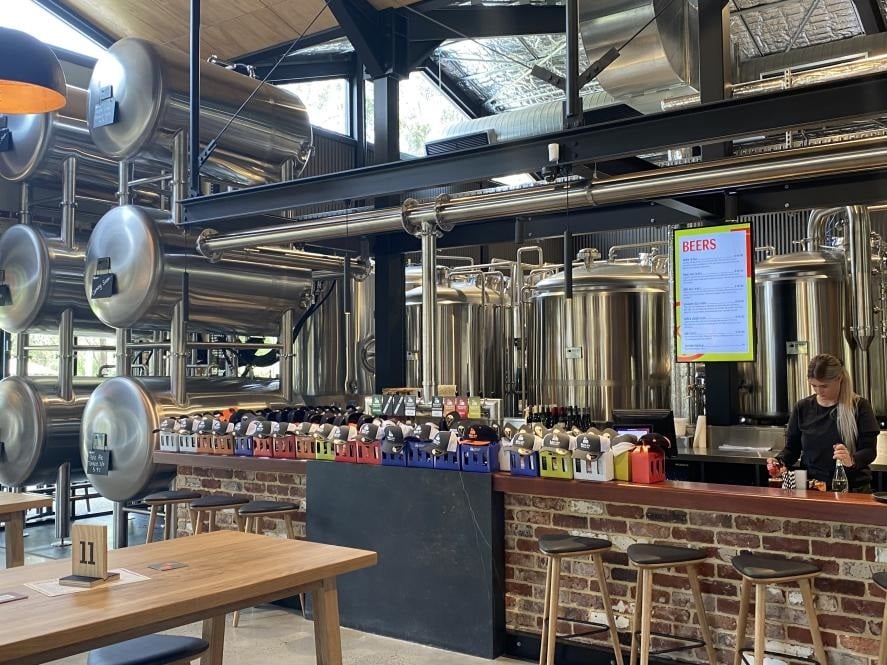
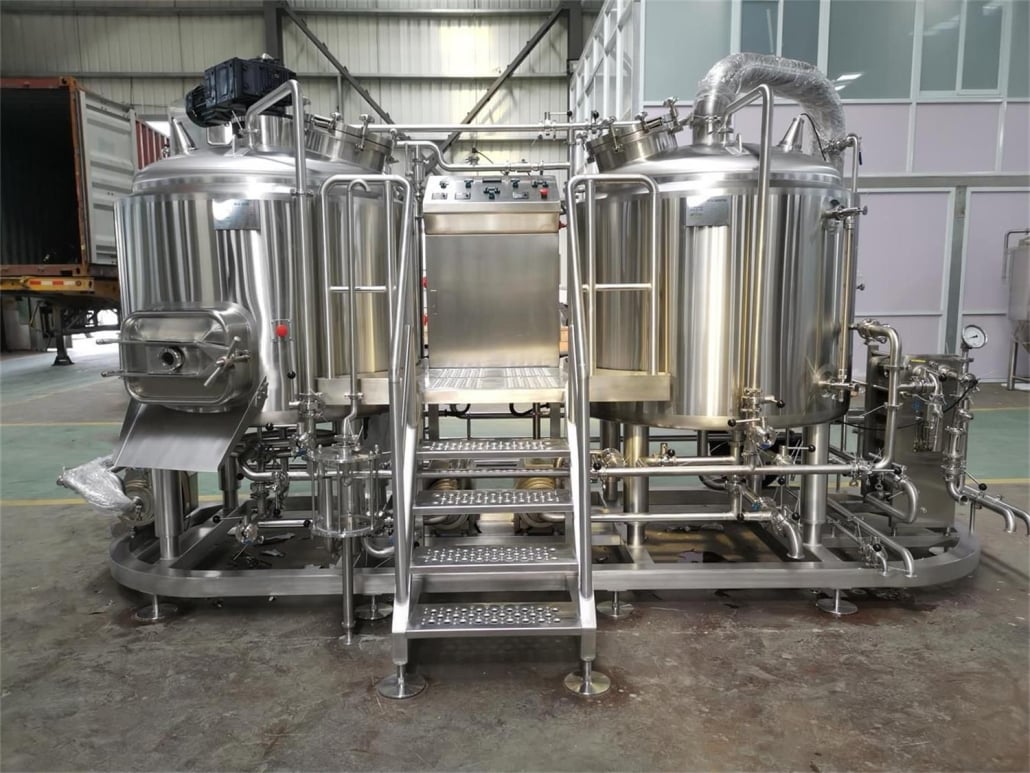
Classifying Fermenter Tanks by Purpose
| Purpose | Description |
|---|---|
| Brewing Beer | Designed for wort fermentation into beer; includes features like conical bottoms for easy yeast collection. |
| Winemaking | Ferment grapes into wine; often made of stainless steel or oak barrels. |
| Pharmaceuticals | Produces antibiotics, enzymes, and vaccines under sterile conditions. |
| Food Production | Used for yogurt, cheese, soy sauce, and other fermented foods. |
| Industrial Applications | Creates biofuels, bioplastics, and other industrial products. |
Application Areas of Fermenter Tanks
Fermenter tanks are integral to a wide range of industries. Let’s explore their primary applications:
- Brewing and Winemaking: Fermentation transforms sugars into alcohol and carbon dioxide. In brewing, tanks with specific designs ensure efficient yeast collection and carbonation.
- Pharmaceuticals: In the creation of antibiotics, insulin, and vaccines, sterile fermenter tanks are used to culture microorganisms.
- Food Production: Commonly used for producing pickles, kimchi, yogurt, and more.
- Biofuel Production: Fermenters help convert organic material into ethanol and other renewable fuels.
- Chemical Industry: Used to produce enzymes, organic acids, and other chemicals.
How to Choose the Right Fermenter Tank
Selecting the perfect fermenter tank might feel like choosing the best car—it depends on your needs and budget. Here are some key factors to consider:
- Capacity: Small-scale homebrewers might need a 5-gallon tank, while industrial setups may require thousands of gallons.
- Material: Stainless steel is ideal for durability and hygiene, but glass or plastic may suffice for smaller operations.
- Shape and Design: Conical fermenters are popular for their ease of sediment removal, while cylindrical tanks are common for general purposes.
- Temperature Control: Essential for sensitive fermentation processes. Look for built-in cooling or heating systems.
- Price: Budget-friendly options like plastic are suitable for beginners, but investing in stainless steel pays off in the long run.
- Automation: High-tech fermenters offer automated monitoring and controls, perfect for scaling up operations.
Guidelines for Use and Maintenance of Fermenter Tanks
Proper care ensures your fermenter tank lasts longer and functions efficiently. Follow these tips:
1. Cleaning
- Use non-abrasive cleaners to avoid scratches.
- Sanitize thoroughly before and after use to prevent contamination.
2. Inspection
- Regularly check for leaks, rust, or damage.
- Replace worn-out seals or gaskets promptly.
3. Calibration
- Ensure temperature and pressure sensors are calibrated correctly.
- Test automated systems periodically.
4. Storage
- Store tanks in a dry, cool place to prevent corrosion.
- Keep plastic tanks away from direct sunlight to avoid degradation.
5. Training
- Educate staff on proper handling and safety protocols.
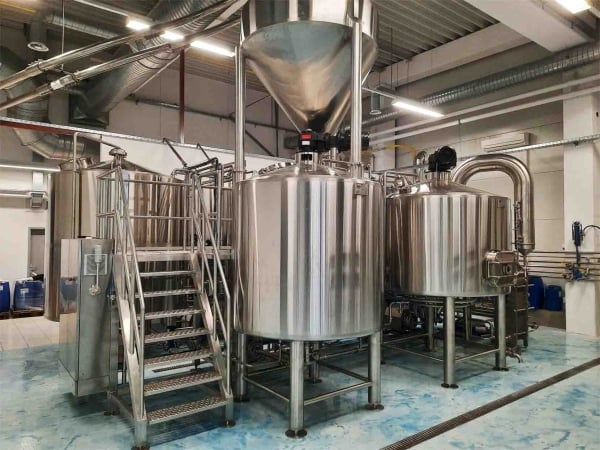
FAQ
| Question | Answer |
|---|---|
| What is a fermenter tank used for? | It’s used for controlled fermentation processes in various industries. |
| What materials are fermenter tanks made of? | Stainless steel, glass, plastic, ceramic, or composites. |
| How do I clean a fermenter tank? | Use non-abrasive cleaners and sanitize thoroughly before and after use. |
| What size fermenter tank do I need? | It depends on your scale of production—from 5 gallons to thousands. |
| Can fermenter tanks be automated? | Yes, many modern tanks feature automation for temperature and pressure. |
Share this entry
Interested in learning more about Brewing Systems including additional details and pricing information? Please use the form below to contact us!
YOLONG BREWERY EQUIPMENT FAQS
- Commercial Brewery / Craft Brewery / Microbrewery / Nanobrewery
- What is The Difference Between Craft Beer and Industrial Beer?
- The Bespoke Differences In Custom Brewing Systems
- Everything You Need to Know About Kettle Souring
- How to Choose Brewing Equipment for Your business?
- How To Choose The-Best Partner To Build Your Commercial Microbrewing System?
- Two Detection Sensors That You Need To Use In Your Brewhouse System
- Remote Control Applications in Brewing Equipment/How does it work?
- How To Clean Your Brand New Brewery Tanks?

